Move to push up SOEs’ equitisation
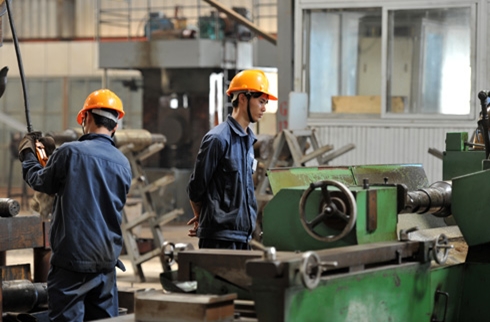
Under current regulations, state-owned enterprises (SOEs) consist of two types: SOEs in which the state holds 100 per cent of capital and SOEs with the state retaining over 50 per cent of their chartered capital.
In light of the draft decision to replace Decision 14 which is put to garner general comments by the Ministry of Planning and Investment (MPI), SOEs are classified into two types: SOEs whose capital wholly controlled by the state, SOEs with the state holding over 75 per cent of stake, SOEs with the state holding from above 65 per cent to 75 per cent stake and SOEs in which the state retains from over 50 to 65 per cent stake.
Besides, the MPI proposes removing some fields from the list of business fields and areas with the state holding 100 per cent stake or controlling ruling stake like cigarette production, insurance, iron and steel production with capacity surpassing 500,000 tonnes per year or rotary-kiln cement production with capacity exceeding 1.5 million tonnes per year.
“Detailed classification of business fields and areas with state investment would help push up SOEs’ restructuring process while still ensuring the goal the state retains orientation and control role at diverse levels in important fields and areas,” said deputy head of MPI’s Business Development Department Le Manh Hung.
Hung said narrowing the fields and areas the state unnecessarily holds ruling stake was to help SOEs be more rationally restructured to focus on core businesses, providing essential products and public utility services to society, defense and security, paving the way for the state sector to take the decisive role in socioeconomic development etc.
Economic experts and business community representatives, while advocating removal of some areas with the state holding 100 per cent capital or ruling stake, showed concerns over SOEs being classified into four diverse groups.
Former director of an advisory centre under MPI’s Central Institute for Economic Management Nguyen Dinh Tai argued the new classification method would scale up state supervision over SOEs, thereby reducing their charm in the eyes of investors.
Chairman Bui Ngoc Bao at Petrolimex- the leading petroleum distributor in Vietnam- assumed “SOEs being divided into four types as stated in the draft would hinder the pace of equitising SOEs which almost marked place for many years.”
Bao suggested SOEs be classified based on scope.
“The main objectives in enacting SOE classification criteria are to clearly determine fields and areas with state engagement to serve as a base for building SOE restructuring master plan and also to accelerate the whole process,” Bao said.
What the stars mean:
★ Poor ★ ★ Promising ★★★ Good ★★★★ Very good ★★★★★ Exceptional
Latest News
More News
- Ensuring technological progress in northern midlands and mountainous regions (October 10, 2024 | 09:00)
- Manufacturing production suffers after Typhoon Yagi (October 01, 2024 | 17:11)
- Vietnam’s economy on track for 6.5 per cent growth despite Typhoon Yagi, says HSBC (October 01, 2024 | 16:46)
- Vietnam urges China to expand market access for agricultural products and strengthen trade ties (October 01, 2024 | 16:42)
- IMF predicts Vietnam's economic growth to reach 6.1 per cent in 2024 (September 30, 2024 | 18:26)
- Deli Group breaks ground on $270 million factory in Hai Duong (September 30, 2024 | 18:17)
- Government considering tax on multiple properties (September 27, 2024 | 20:17)
- Accuracy more vital than ever in dawn of AI (September 26, 2024 | 20:44)
- Vietnam remains attractive destination for US businesses (September 26, 2024 | 20:23)
- New innovation centre inaugurated during HEF 2024 (September 25, 2024 | 09:00)




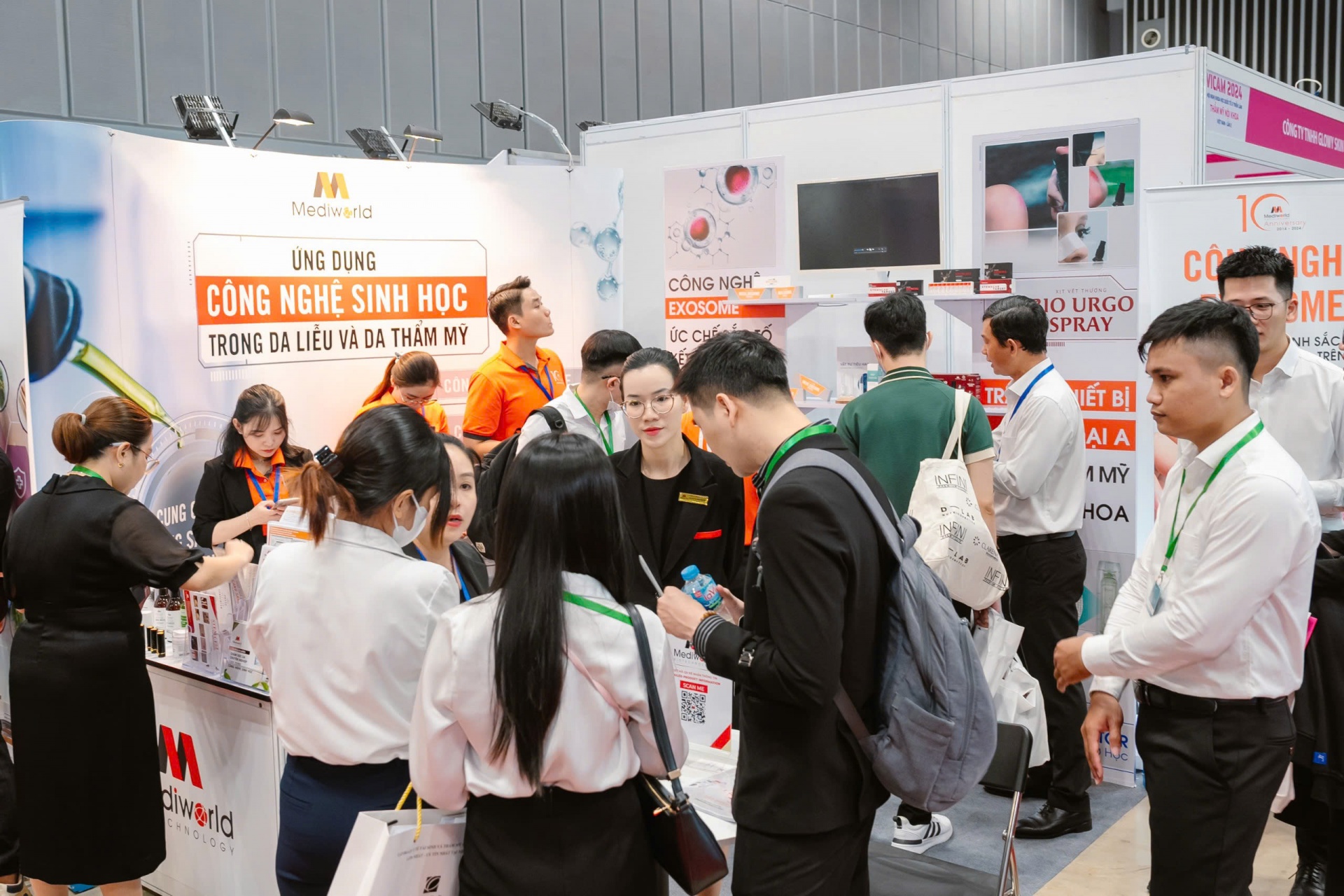
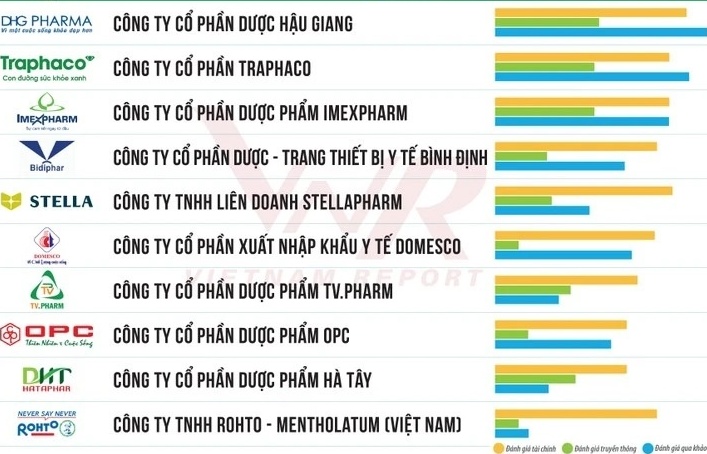

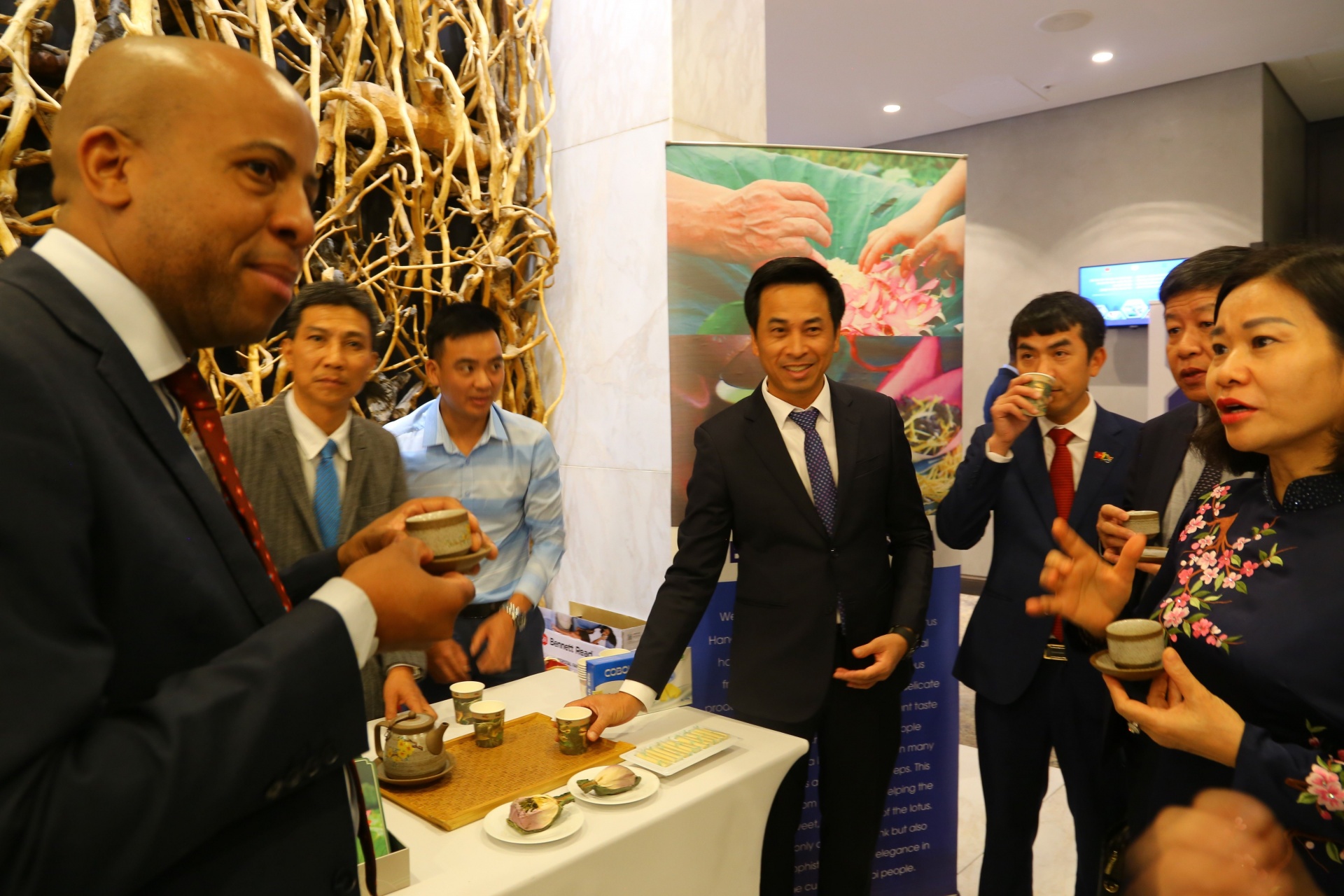
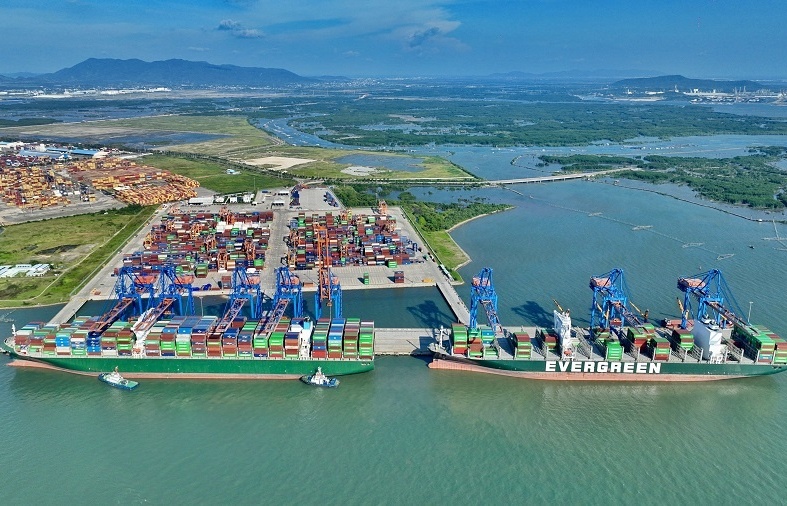




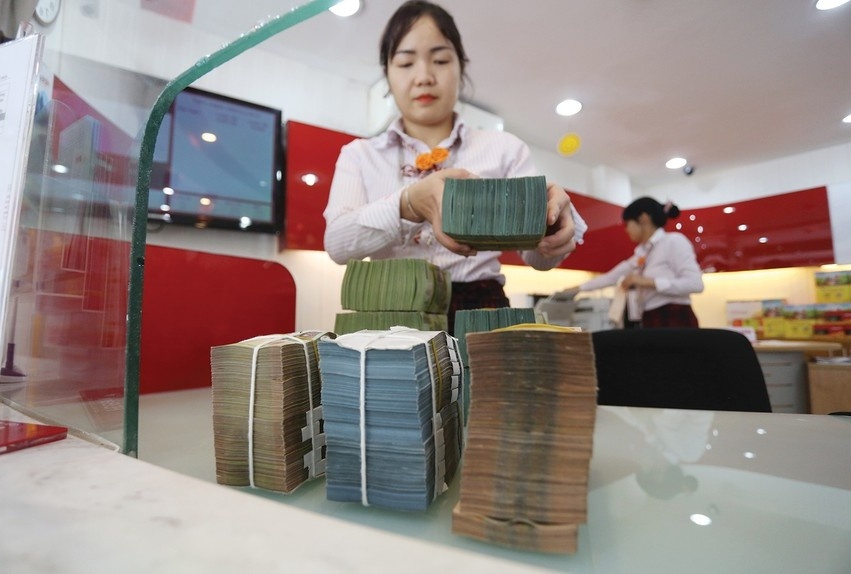
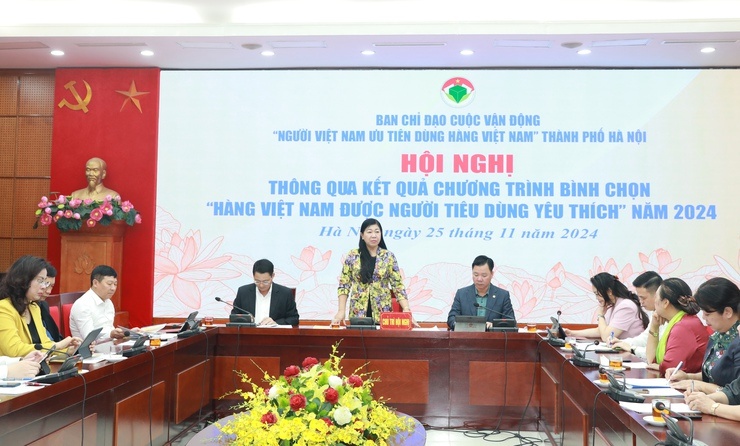
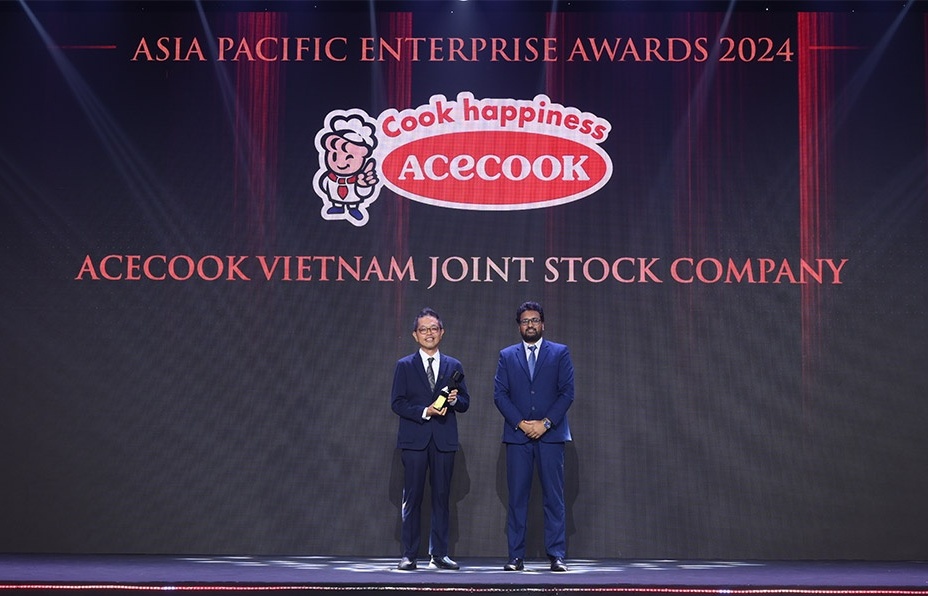
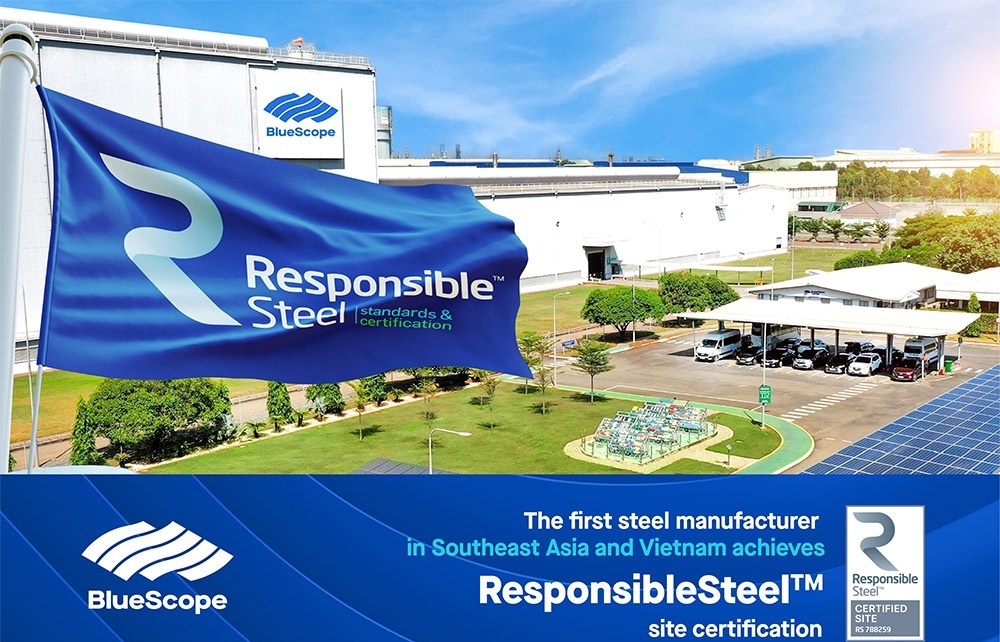



 Mobile Version
Mobile Version